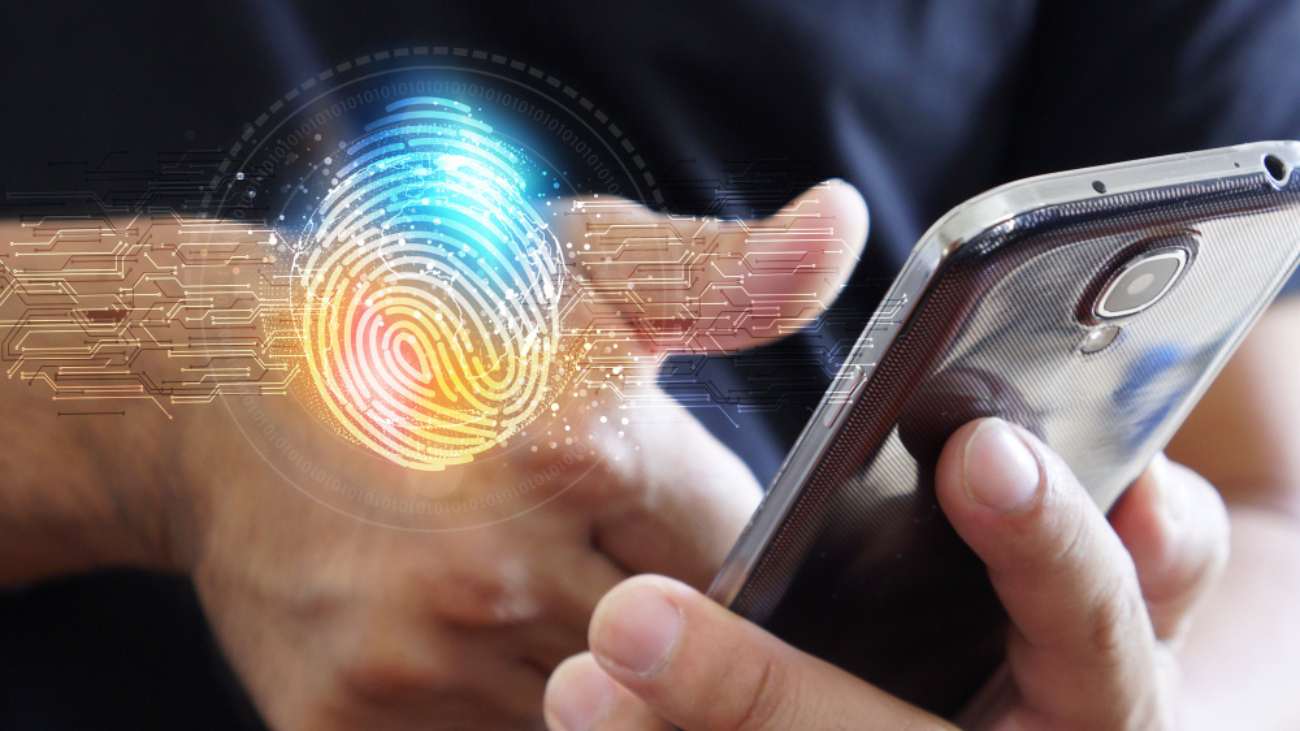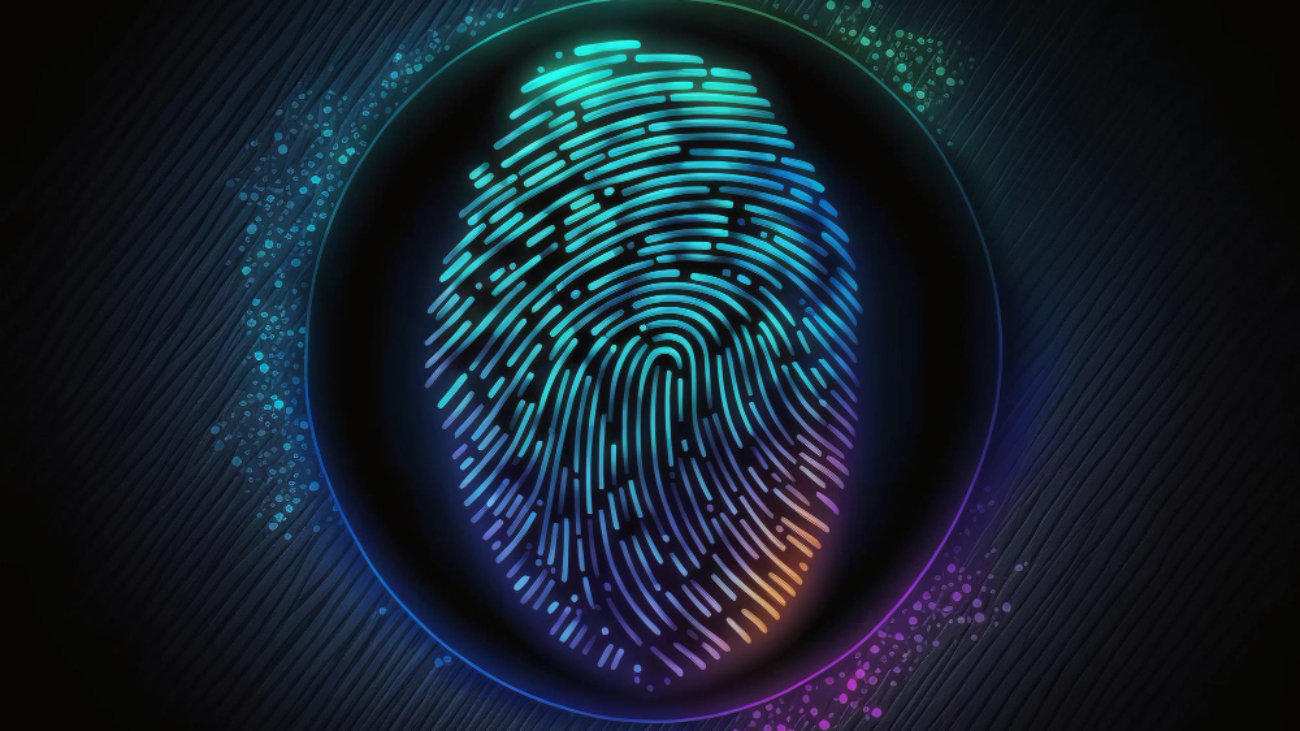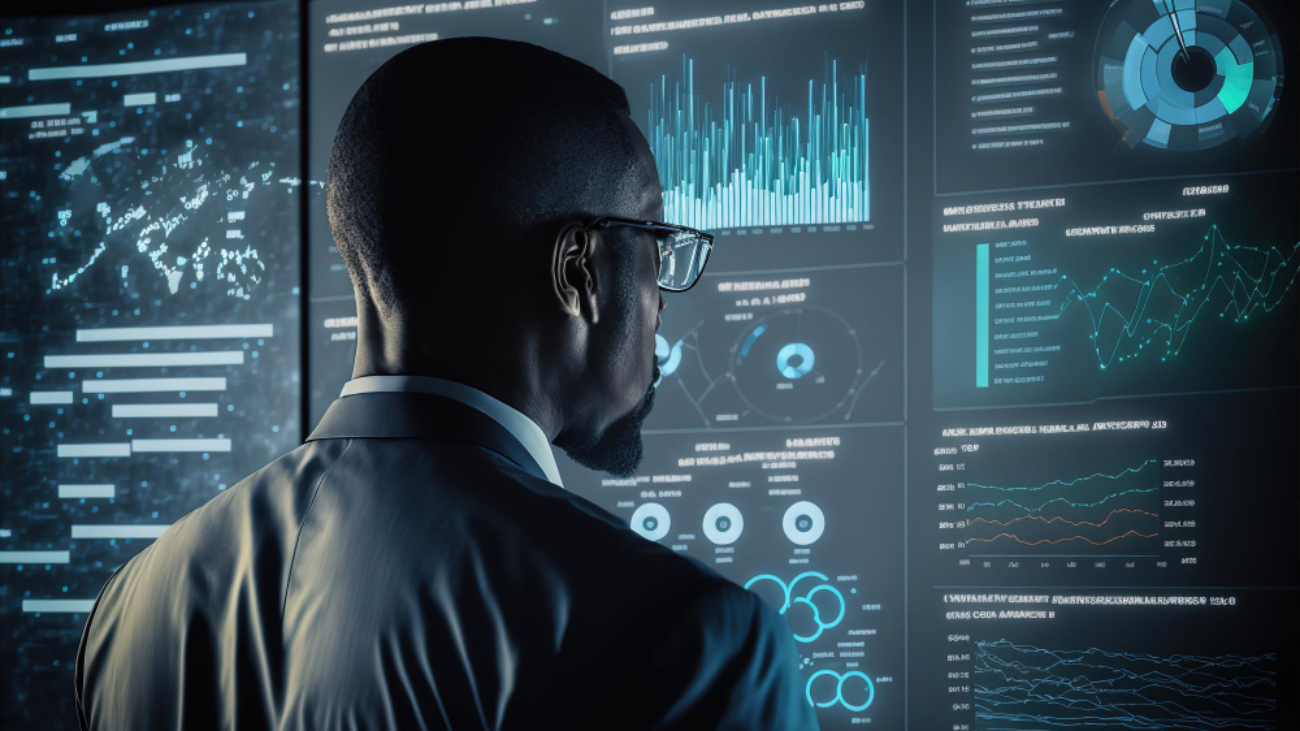Biometrics has been used for a long time to improve the authenticity of healthcare services in smart cities noted Bahaa Abdul Hadi. It has been used in various sectors including healthcare. The provision of medical services can be improved by using biometrics. With smart cities coming up, medical services can be revolutionized by using biometrics.
Biometrics in healthcare
Biometrics involves the use of physical and behavioral traits of a person for identification and authentication. While fingerprints are the most common biometric traits used, other traits like facial recognition, voice recognition, and iris scan are also used. Biometrics is used in security systems to authenticate individuals. Since biometric data is unique to individuals and cannot be replicated, it is considered highly reliable.
Biometrics is used in the healthcare sector for two reasons:
- Patient matching
- Patient identification
Patient matching
A problem the healthcare system faces is the inability to match patient records. This becomes a problem when a patient is transferred from one facility to another. It can have problems if the right medical data is not reflected. The problem of duplicate records also leads to complications.
Biometrics can help in preventing mismatches. Tagging the records with the biometric data of a patient ensures there is no duplication. Doctors would be able to retrieve all information related to a patient thanks to the use of biometrics.
Patient identification
Identification of patients is important for healthcare organizations. Misidentification is a problem that can even lead to the wrong patient getting the treatment. It is a problem that is found during billing and discharge of patients. Here again, biometrics would prove to be invaluable. It allows patients to be correctly identified using unique characteristics.
Key issues
Healthcare organizations that want to implement biometrics need to keep the following in mind:
- The right hardware and software is needed and must be integrated with existing systems.
- A reliable vendor must be identified for the process.
- Employees must be trained on using biometric systems.
- Patients must be enrolled and their consent obtained for collecting their biometric data.
- Biometric data needs highest level of security and the best systems must be implemented to ensure data privacy. They must be informed of how the data would be stored and used.
Conclusion
Using biometrics helps healthcare providers to correctly identify patient and match their records. It allows them to offer medical services effectively. When all organizations in smart cities start to use biometrics, it would help enhance the quality of medical services. Thank you for your interest in Bahaa Abdul Hadi blogs. For more information, please visit www.bahaaabdulhadi.com







